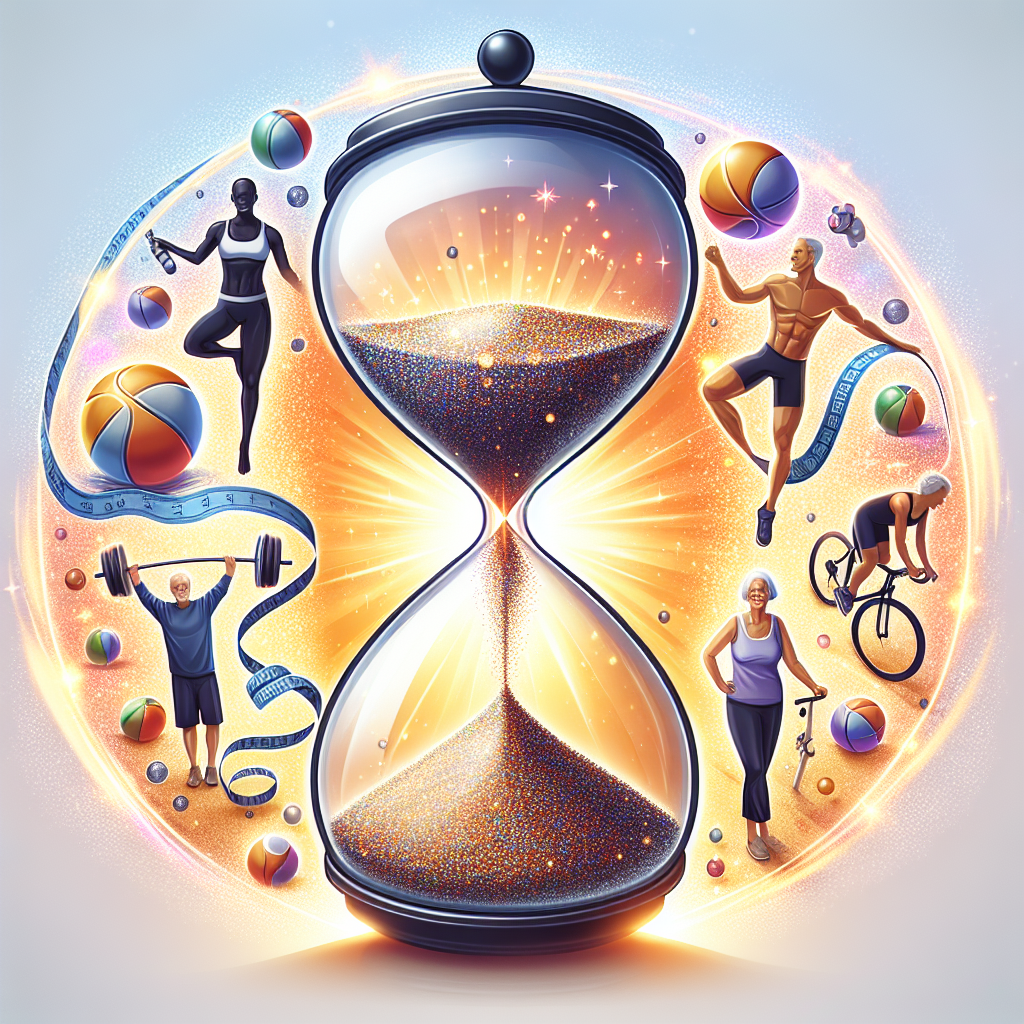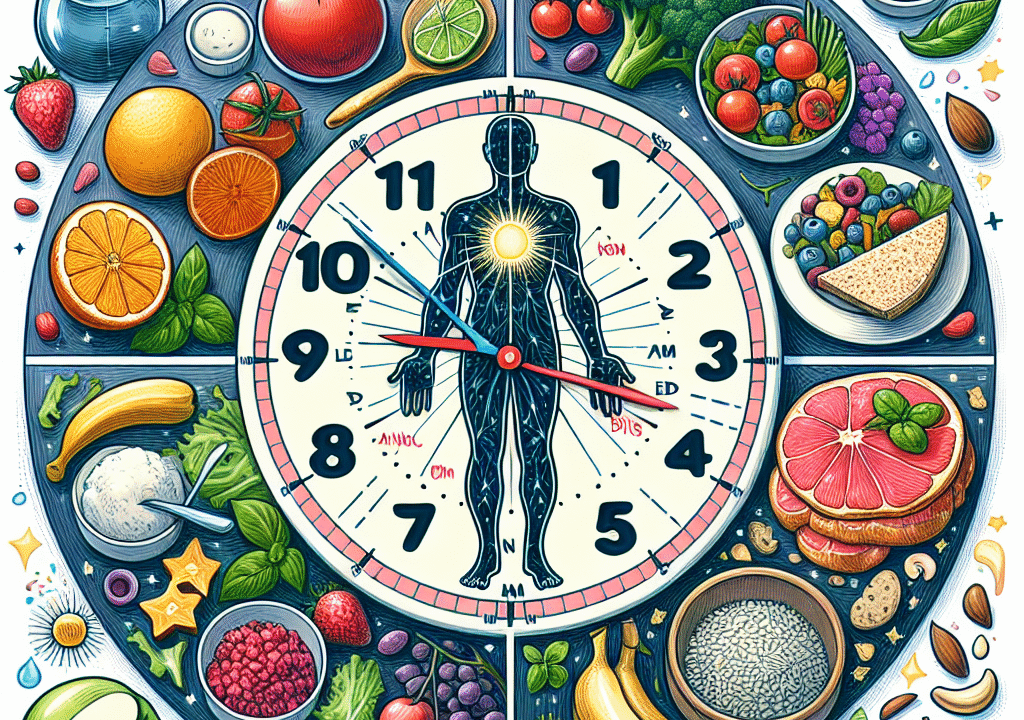
Low-Carb After 50: The Metabolic Reset That Restores Youthful Energy
As we get older, many of us notice changes in our energy, waistlines, and overall vitality. It’s easy to attribute these shifts to aging, but research shows there’s more to the story—particularly when it comes to metabolism.
Fortunately, a science-backed approach known as the low-carb metabolic reset can help you reclaim the energy and health of your youth.
This guide will explore how adopting a low-carb lifestyle in your 50s and beyond can promote fat-burning, reduce insulin resistance, enhance cognitive function, and help you feel energized and strong at any age.
Why Does Metabolism Slow Down After 50?
After the age of 50, many people notice their bodies reacting differently. Common complaints include low energy, stubborn belly fat, and reduced muscle tone. While hormonal factors like menopause or declining testosterone levels contribute, a crucial and often-overlooked issue is declining metabolic flexibility.
What is metabolic flexibility? It’s the body’s ability to efficiently switch between burning carbohydrates or fat for energy. Over time, especially with a diet heavy in refined carbs such as bread, pasta, and sugar, this flexibility diminishes.
– According to the CDC, an estimated 88 million American adults have prediabetes, and most are unaware.
– When metabolic flexibility is lost, the body becomes dependent on glucose for fuel while fat continues to accumulate.
As Dr. Mark Hyman, a functional medicine pioneer, explains: “Insulin resistance is the single biggest cause of rapid aging—and the good news is, it’s reversible through food.”
The takeaway? A low-carb diet helps your body shift back into fat-burning mode, promoting lasting energy and sustainable weight loss—especially important as we age.
The Benefits of Low-Carb Living After 50
Switching to a low-carb lifestyle in midlife can bring transformative health benefits. Here’s why it works:
Improved Insulin Sensitivity
Reducing carbohydrate intake lowers insulin levels and inflammation—two major drivers of fat storage and chronic disease. Lower insulin means your body has an easier time accessing stored fat for energy.
All-Day Energy
By fueling your body with fat and ketones instead of sugar, you experience stable energy without the crashes that typically follow high-carb meals.
Brighter Cognitive Clarity
As noted by neurologist Dr. David Perlmutter, “The brain thrives on ketones.” Many people following a low-carb or ketogenic plan report enhanced mental clarity and memory.
Lean Muscle and Reduced Fat
A low-carb diet can help reduce belly fat and improve muscle tone. Combined with strength training, it becomes a powerful strategy to stay fit and strong in later years.
A study published in Nutrients (2020) found that adults over 50 following a low-carb, ketogenic diet significantly reduced visceral fat and improved insulin sensitivity within just 12 weeks.
How to Start Your Low-Carb Reset After 50
You don’t need to track every bite or abandon your favorite foods. Follow these essentials to begin your metabolic reset gradually and successfully.
1. Focus on Whole, Nutrient-Dense Foods
Build your meals around:
– Lean proteins: chicken, turkey, eggs, wild-caught salmon, grass-fed beef
– Non-starchy vegetables: broccoli, cauliflower, spinach, kale, bell peppers
– Healthy fats: avocado, extra-virgin olive oil, coconut oil, nuts, seeds
Avoid refined and processed carbohydrates like white bread, sugary drinks, and packaged snacks.
Example: Instead of cereal for breakfast, try scrambled eggs with avocado and sautéed spinach. This combo is more filling, stabilizes blood sugar, and supports fat metabolism.
2. Balance Carbohydrate Intake
Start with a target of 20 to 50 net carbs per day. Stick to low-glycemic vegetables such as leafy greens, zucchini, asparagus, and Brussels sprouts.
Net carbs = total carbs – fiber
3. Incorporate Intermittent Fasting
Begin with a gentle 12:12 fasting approach (12 hours eating, 12 hours fasting). As your body adjusts, consider shifting to a 16:8 method—allowing a greater window for fat-burning.
Example: Eat breakfast at 10 a.m. and finish dinner by 6 p.m.
4. Hydrate and Mind Your Electrolytes
Reducing carbs can lead to fluid and sodium loss, which might cause temporary fatigue or cramping (often called the “keto flu”). You can offset this by:
– Drinking plenty of water
– Adding sea salt to meals
– Using an electrolyte supplement if needed
5. Stay Active Every Day
Daily movement helps your body burn fat and supports mobility and strength. Aim for:
– 20 to 30 minutes of walking
– Strength training two to three times weekly
– Flexibility exercises like stretching or yoga
Example: Take a short walk after dinner to help regulate blood sugar.
Overcoming Common Low-Carb Challenges
Transitioning to a low-carb lifestyle can bring new habits and challenges. Here’s how to navigate them successfully:
Low Energy or “Keto Flu”
Fatigue during the first week is common as your body adjusts. Stay hydrated, make sure you’re getting enough electrolytes, and don’t skimp on healthy fats.
Dining Out
Choose grilled over fried meals, ask for lettuce wraps instead of burger buns, and replace fries with side salads or steamed vegetables where possible.
Weight Loss Stalls
If progress slows, consider:
– Adding a higher-carb day once weekly with healthy starches (such as sweet potatoes or lentils)
– Improving sleep quality
– Managing stress with mindfulness techniques or light exercise
Quality sleep is crucial. It supports healthy hormone levels and appetite control—factors that play a significant role in fat loss and energy.
The Truth: Aging Doesn’t Equal Slowing Down
Your 50s and beyond can indeed be the healthiest years of your life. With the right nutritional approach, you can enjoy better energy, fewer aches, and a stronger body—without extreme dieting or deprivation.
Within just a few weeks of transitioning to a low-carb lifestyle, many people notice:
– Deeper, more restful sleep
– Decreased joint inflammation
– Improved concentration
– A slimmer waistline
– A noticeable boost in vitality
Get Started with One Small Change
You don’t have to change everything at once. Begin with just one improvement that aligns with your health goals.
– Replace toast with a veggie omelet at breakfast
– Swap soda for sparkling water or herbal tea
– Grill a protein-rich dinner instead of ordering high-carb takeout
Each small step creates a lasting shift. Bit by bit, you’re building new habits that support long-term wellness.
Join the Low-Carb Movement After 50
Are you ready to reclaim your health, energy, and confidence? The low-carb metabolic reset could be your key.
Start today by making one positive change—and share your success stories, questions, or tips in the comments below to help inspire others on their journey.
References
– Centers for Disease Control and Prevention. “National Diabetes Statistics Report.” 2022.
– Volek, Jeff S., and Phinney, Stephen D. The Art and Science of Low Carbohydrate Living. Beyond Obesity LLC, 2011.
– Paoli, A., et al. “Ketogenic Diet in Neurological Disorders.” Nutrients, 12(2), 2020.
– Hyman, Mark. Food: What the Heck Should I Eat? Little Brown Spark, 2018.
– Perlmutter, D. Grain Brain. Little, Brown and Company, 2013.
For supportive tools and wellness resources, visit edrugstore.com.


